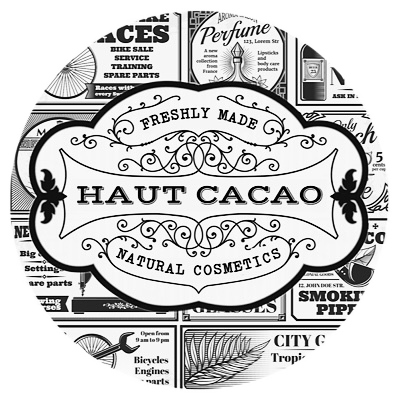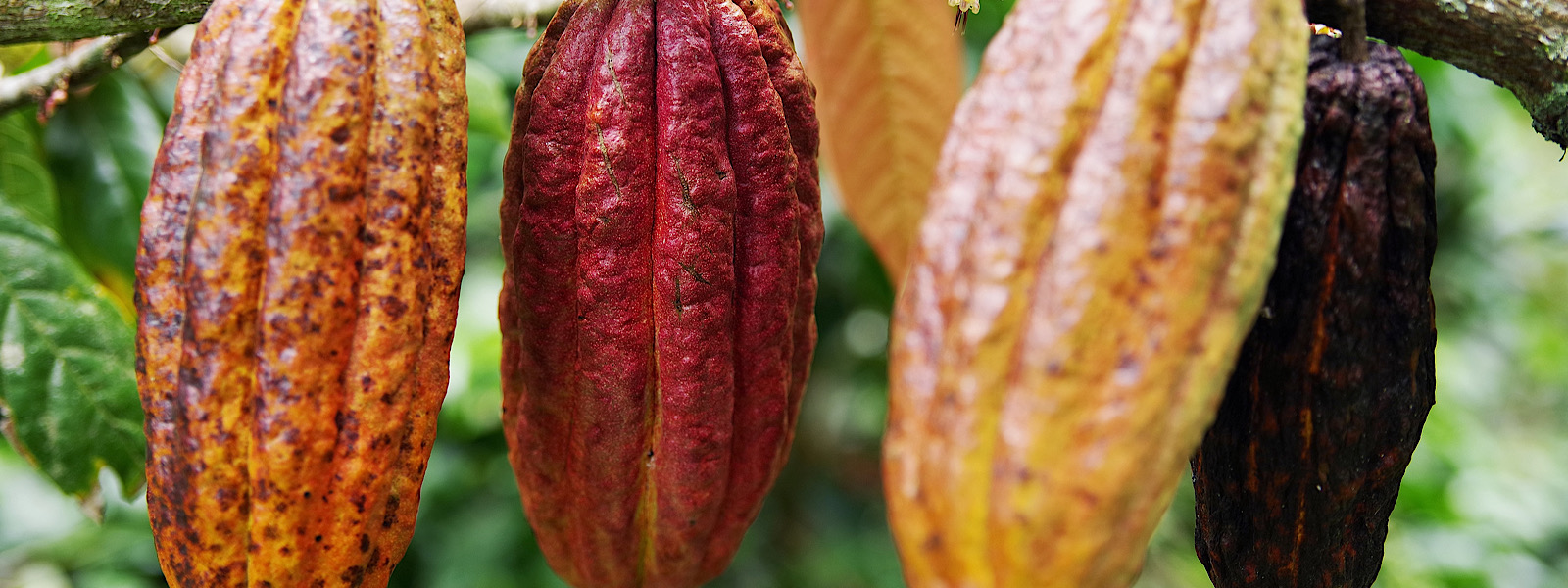Thanks to unhealthy processing methods, chocolate has earned a reputation as a ‘junk food.’ While the candy bars lining the supermarket shelves are certainly not good for you, organic, raw dark chocolate has many surprising health benefits, and is even considered a superfood. But do you know why it is so good for you?
When cacao is processed into the chocolate that we commonly see today, it loses much of its health benefits, due to the high heat used in roasting and the chemicals added during processing, along with a huge amount of added sugar. Raw, unprocessed cacao is filled with essential vitamins and minerals, as well as antioxidants.
Organic, raw dark chocolate contains minerals including magnesium, sulfur, zinc, iron, copper, potassium, manganese and calcium. It also contains vitamins B1, B2, B3, B5, B8 and E, and is a good source of protein and fiber.
The fats that raw cacao contains also support well-being. They include oleic acid, a monounsaturated fat that is also found in olive and coconut oils, plus saturated fats, which the body needs to properly function.
The many known benefits of raw cacao
Up until recently, researchers knew that raw cacao was good for us but could not exactly pinpoint just why it was so. Some of the many known health benefits include:
- Cacao beans are rich in polyphenols called flavonoids, which have been found to have antioxidant properties. In fact, they contain eight times the number of antioxidants found in strawberries. Studies have shown that antioxidants protect the cells and combat the free radicals that contribute to aging.
- Flavonoids may also contribute to a healthy heart. They have been linked to improving circulation, lowering blood pressure, and reducing the plaque that can build up on artery walls. The minerals in cacao also contribute to the health of the cardiovascular system.
- Theobromine, an alkaloid found in cacao, has been linked to stimulating the central nervous system and providing the body with a boost of energy. Cacao also contains phenylethylamine (PEA), which affects brain chemistry in a similar fashion to falling in love. Cacao has been linked to increasing the availability of neurotransmitters such as serotonin, which can elevate your mood and even lessen depression.
- The serotonin content of chocolate also explains why larger quantities of chocolate are eaten in winter than any other season. As many people become deficient in vitamin D in the winter months, due to lack of sunlight, and may experience Seasonal Affective Disorder (SAD), chocolate can help balance out the winter blahs.
- A study published in the British Medical Journal observed that a daily dose (with a polyphenol content equal to 100 grams) of dark chocolate can reduce the risk of heart attack and stroke in people with metabolic syndrome. According to the research, if all study participants ate dark chocolate daily, 70 non-fatal and 15 fatal cardiovascular events per every 10,000 people would be averted over a ten-year period.
New research now answers the question why
While you many not need another study to convince you to nibble on a piece of organic dark chocolate from time to time, we found this one particularly interesting in that it seems to have finally addressed just why this tasty treat is so good for us; and you may be surprised at the answer.
Researchers from Louisiana State University had a hunch, and they set about to test the effects that dark chocolate had on stomach bacteria. They compared three different cocoa powders in a simulated human digestive process.
We know that inside the gut there are both harmful and helpful bacteria. The helpful microbes, including Bifidobacterium and lactic acid bacteria, seem to find dark chocolate quite a scrumptious feast.
How it works
Study leader John Finley, PhD, explains that cocoa powder is rich in two flavanol compounds, catechin and epicatechin, along with a small amount of dietary fiber. Both flavanol compounds are poorly digested and absorbed, however, good gut bacteria begins to gobble them up as soon as they enter the colon.
The fiber is fermented and the large polyphenolic polymers are broken down into smaller, anti-inflammatory molecules which can be easily absorbed. In short, our gut bacteria become a fermenting factory, breaking down and releasing health promoting compounds.
Finley further states that consuming prebiotics (foods not digested that feed healthy bacteria) along with the fiber in cocoa could boost overall health by changing polyphenolics in the gut into anti-inflammatory compounds.
Prebiotics are probiotics’ friend
In simple terms, prebiotics and probiotics are both necessary for intestinal health. Probiotics are beneficial bacteria that keep your intestinal system in good working order and help your colon rid itself of toxic chemicals and pathogens.
Probiotics can be found in foods such as yogurt, kefir, tempeh, kim chi and miso. Eating probiotics several times a week can help prevent colon cancer and improve the body’s immune response to colds and infections.
Health conditions that respond well to regular consumption of foods high in probiotics include diarrhea, eczema, irritable bowel syndrome, ulcerative colitis and asthma.
Prebiotics help probiotics do their job. Prebiotics can be found in foods such as leeks, raw garlic, onions, beans, lentils, chickpeas, asparagus and Jerusalem artichokes. They are also present in fiber supplements such as slippery elm and psyllium. Regularly consuming prebiotic foods several times a week can help maintain probiotic bacteria in your gut and encourage good bowel health.
How to feed your gut microbes right
To get the most health benefits from your chocolate, choose raw, non-roasted cacao beans. You can also find raw cacao in ‘nibs,’ which are cacao beans that have been peeled and crushed, and cacao powder (not to be confused with cocoa powder), which is created by peeling and cold-pressing cacao beans.






